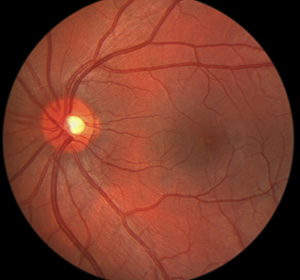
What is Ophthalmic Imaging?
Ophthalmic imaging is used to confirm and determine the extent of various eye disorders.
Different imaging techniques include:
- Angiography: Imaging of the blood vessels of the eye with the help of dyes for better visibility. Useful in cases of macular degeneration and diabetic retinopathy
- Electroretinography: Assesses the functioning of photoreceptors (light-perceiving cells) in the retina by measuring its response to flashes of light. These may be affected in a condition called retinitis pigmentosa.
- Ultrasonography: Uses sound waves that reflect off the eye to create images of the eye useful in detecting tumours, detachment of the retina, and examining blood vessels and corneal thickness (pachymetry).
- Pachymetry: Measures the thickness of the cornea. Performed with ultrasonography
- Optical coherence tomography (OCT): Similar to ultrasonography, but uses light waves to produce high-resolution images of the structures in the back of the eye such as the choroid and retina. It is useful for viewing disorders of the retina, glaucoma, macular degeneration and formation of new blood vessels.
- CT or MRI scanning: Uses X-ray and magnetic field to provide detailed images of the eye and surrounding structures. Useful in evaluating tumours, injuries, foreign objects, and optic nerve abnormalities.







